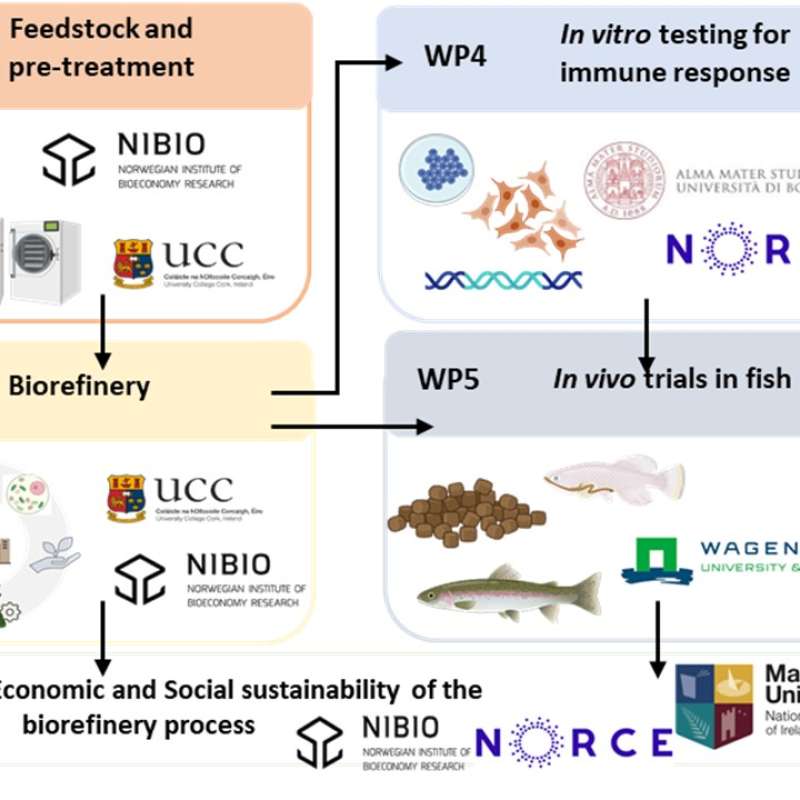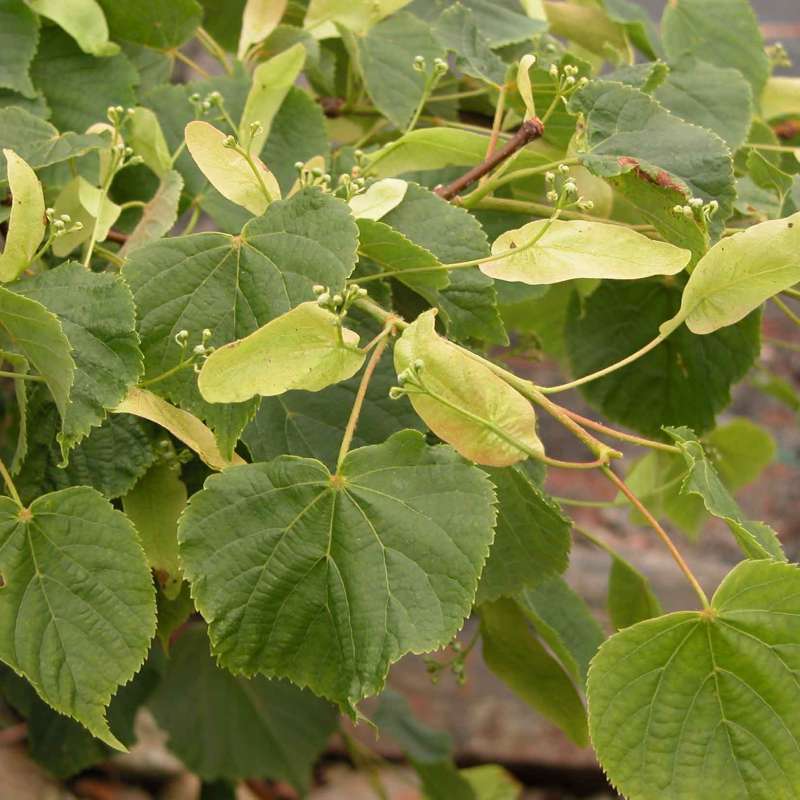Giovanna Ottaviani Aalmo
Forsker
(+47) 980 30 422
giovanna.ottaviani.aalmo@nibio.no
Sted
Ås - Bygg O43
Besøksadresse
Oluf Thesens vei 43, 1433 Ås (Varelevering: Elizabeth Stephansens vei 21)
Forfattere
Rosaria Arena Giuseppe Renda Giovanna Ottaviani Aalmo Frédéric Debeaufort Concetta Maria Messina Andrea SantulliSammendrag
Det er ikke registrert sammendrag
Forfattere
Monica Ubalde-Lopez Mark Nieuwenhuijsen Giuseppina Spano Giovanni Sanesi Carlo Calfapietra Alice Meyer-Grandbastien Liz O’Brien Giovanna Ottaviani Aalmo Fabio Salbitano Jerylee Wilkes-Allemann Payam DadvandSammendrag
Det er ikke registrert sammendrag
Sammendrag
Det er ikke registrert sammendrag

Divisjon for matproduksjon og samfunn
ENFASYS - ENcouraging Farmers towards sustainable farming SYstems through policy and business Strategies
Today’s farmers find it difficult to deal with the several lock-ins within food systems that keep them from transitioning to sustainable farming systems. Policies, together with business models and social innovations, need to be strengthened to overcome lock-in challenges

Divisjon for miljø og naturressurser
CANALLS Agroecological practices for sustainable transition
Agroecology covers all activities and actors involved in food systems. It also places the well-being of people (producers and consumers of crops and products) at its core. The EU-funded CANALLS project will focus on the agroecological zones and diverse farming systems in the humid tropics of Central and Eastern Africa. It will explore the complex environmental, social and economic challenges, which in some cases are exacerbated by conflict and high vulnerability. Moreover, it will advance agroecological transitions in these regions through multi-actor transdisciplinary agroecology Living Labs at eight sites in four countries. The focus will be on crops such as cocoa, coffee and cassava, which are vital for subsistence and economic development.

Divisjon for matproduksjon og samfunn
AquaUP - Aquafeed Upgraded: Enhancing Immune Function of Fish with Seaweed-modified Functional Compounds
The aquaculture industry is anticipating intensive production growth to meet future food demand. Yet, this growth is constrained by a number of challenges, not least including disease spread and use of antibiotics and chemicals to combat or reduce disease outbreaks.

Divisjon for skog og utmark
OptFORESTS - Harnessing forest genetic diversity for increasing options in the face of environmental and societal challenges
OptFORESTS har som overordnet mål å bidra til bevaring og bruk av skogtregenetiske ressurser i Europa og er en oppfølging av ambisjonen i EUs grønne giv (Green Deal) om å plante 3 milliarder trær i EU innen 2030. Skogplantingen vil øke karbonbindingen og tilføre samfunnet mer trevirke som en sentral del av grønn omstilling. OptFORESTS rolle er å utvikle både skogfaglig og sosiokulturell kunnskap for å kunne ta flere treslag i bruk i skogbruket, bidra til restaurering av skog og øke produksjonskapasiteten i skogplanteskolene i Europa. NIBIO er sammen med 18 andre institusjoner fra 15 land partner i dette prosjektet som går helt til 2027.
